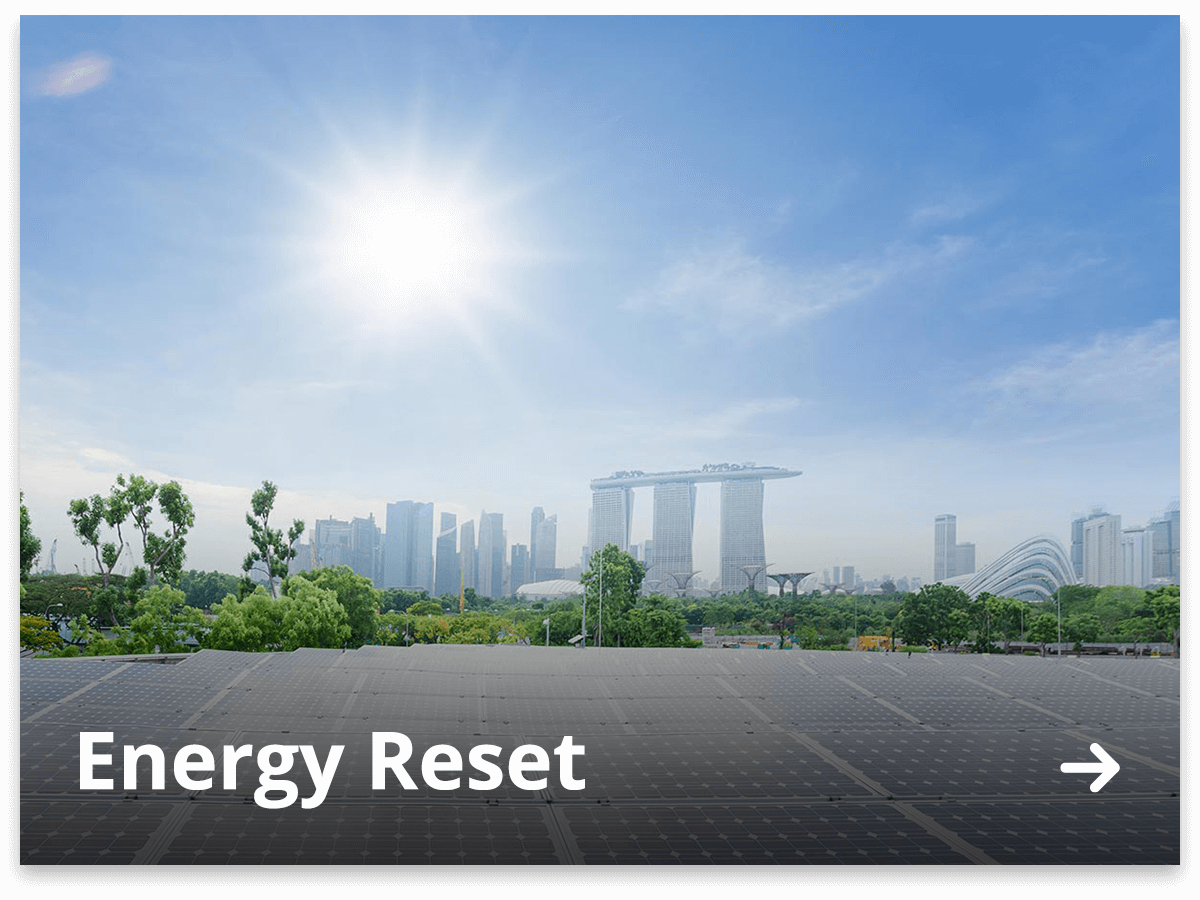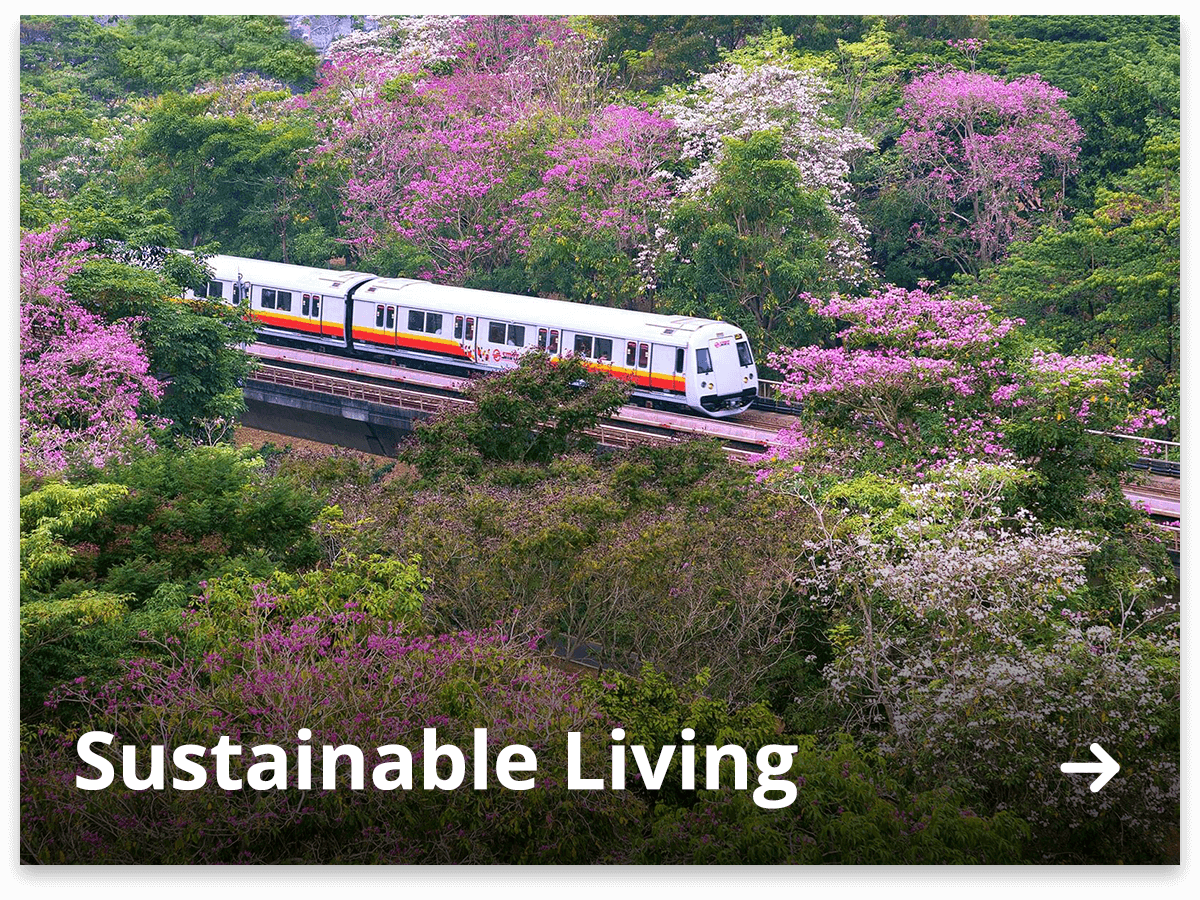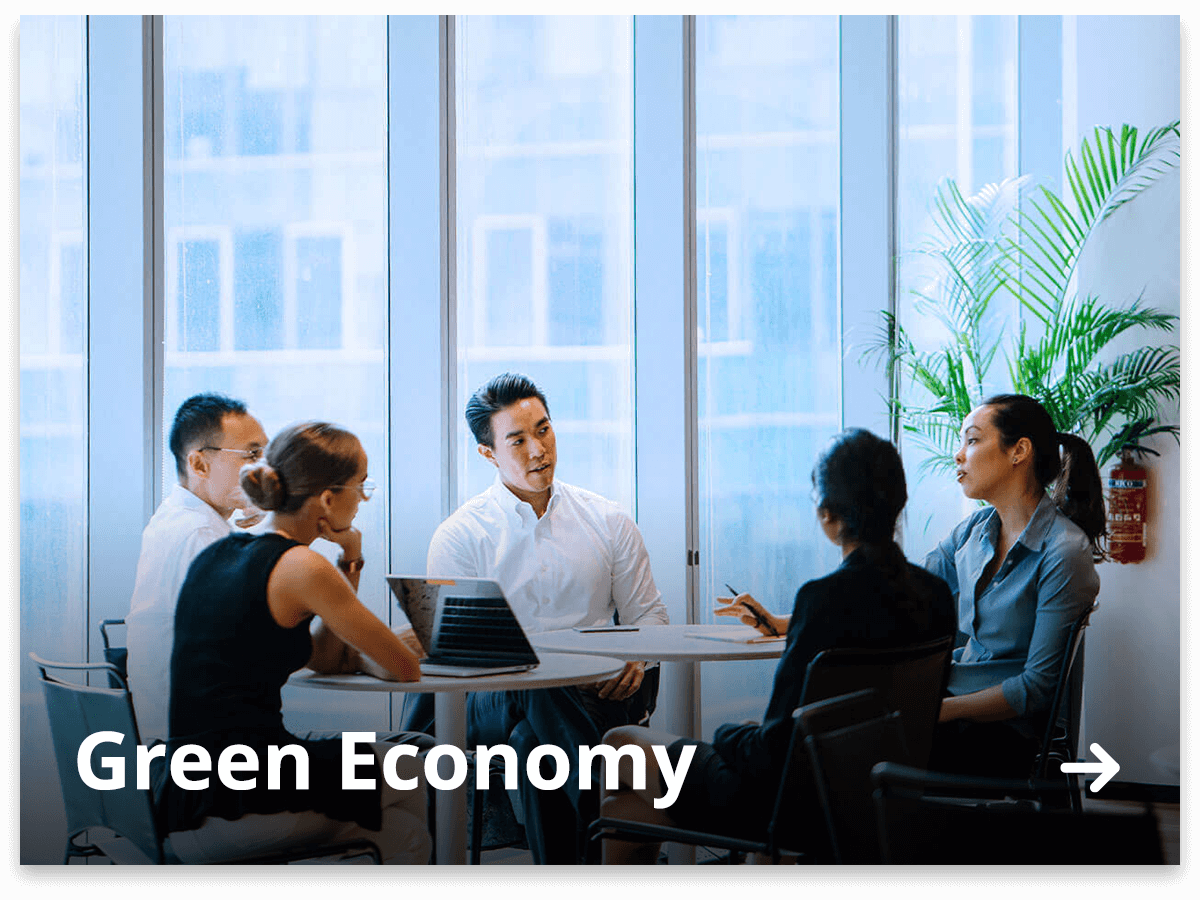Our Vision
Sustainable Development – A Core Belief
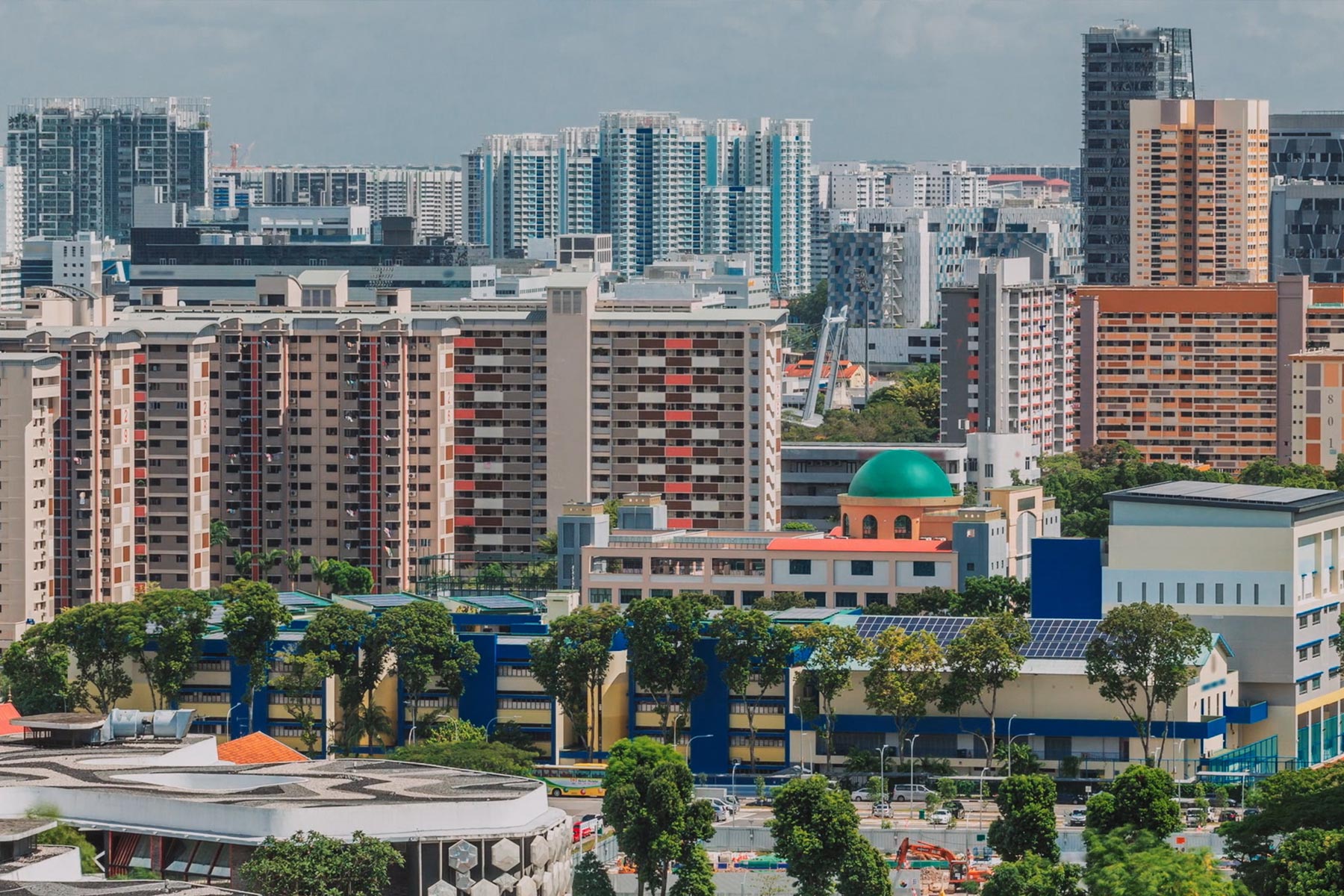
Climate change is an existential threat of our times. It has brought rising sea levels and extreme weather patterns. Around the world, millions of lives and livelihoods are in danger. Singapore, as a low-lying island state, is particularly vulnerable. Our weather is getting warmer, rainstorms heavier, and dry spells more pronounced. Climate change can also disrupt global supply chains and threaten access to food, water and energy.
Sustainable development is not new to Singapore. We embraced it decades before climate change became a critical global priority.
Singapore is transforming into a City in Nature, and is one of the greenest cities in the world. Today, we have safeguarded more than 7,800 hectares of green spaces in the form of nature reserves, nature parks, gardens and parks, and integrated greenery throughout the city. As a result of our greening efforts, Singapore’s green cover currently stands at over 40%.
We knew public cleanliness and hygiene were important to prevent diseases in our hot and humid urban environment, and took tough measures to enforce them.
We are the only country in the world to freeze the growth of the vehicle population. We are one of a few countries to have closed the water loop and to reuse every last drop of water repeatedly. We do not subsidise the use of fossil fuel, and we tax the emission of carbon. Since the early 2000s, we have transitioned to natural gas, which is the cleanest form of fossil fuel for power generation. Today, about 95 per cent of our electricity is generated using natural gas, and we will progressively transition to greener energy sources.
We will build upon what we have already done and launch a sustainable development movement for a better and greener future. This will strengthen ongoing efforts to fulfil our obligations under the Paris Agreement and towards achieving the 2030 Agenda for Sustainable Development.
We have put together a ten-year plan called the Singapore Green Plan 2030. The Green Plan is a whole-of-nation sustainable development agenda, with firm action plans, touching on almost every dimension of our lives.
Achieving net zero emissions by 2050
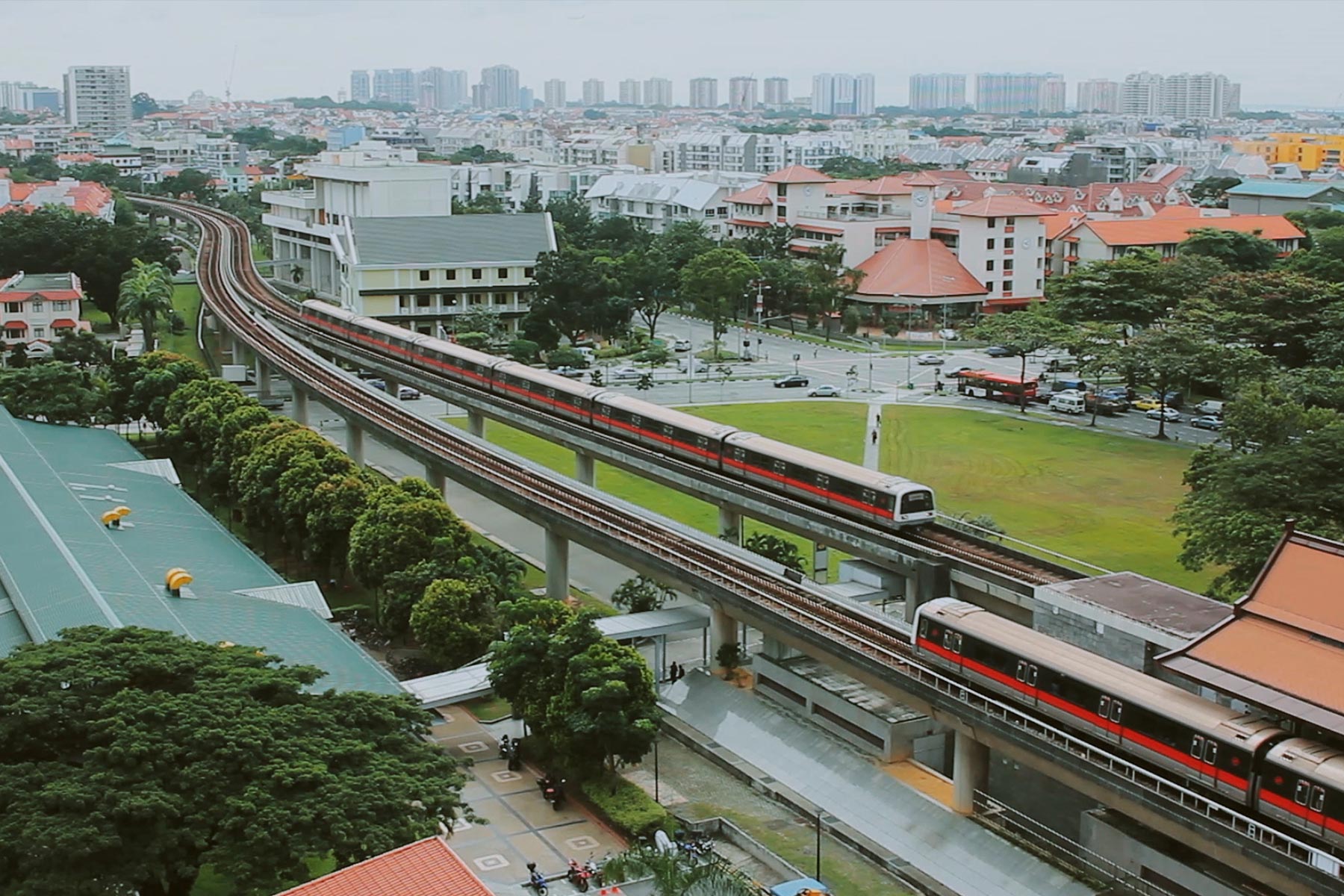
We recognise our limitations and challenges. Being both a city and a nation, we are in a very different situation compared to bigger countries. We need to provide for defence, industries, homes, critical infrastructure — all within our 728 square kilometres of land. We do not have the natural resources, land area and climatic conditions for the large-scale deployment of renewable energy sources.
These make it extremely hard for us to achieve net zero emissions in the same way that bigger countries can pledge to do.
However, just like the way we confronted many national challenges in the past, we can be pioneers in technological and policy solutions for sustainable development. We can be a living laboratory, which other cities around the world, facing similar challenges, can pick up ideas from. That way, we can punch above our weight, and have a positive environmental impact way beyond our shores. For example, after several years of R&D and test-bedding, we are home to one of the world’s largest floating solar systems at Tengeh Reservoir, with a capacity of 60 megawatt-peak. Completed in 2021, the power generated from this system will be sufficient to power our local water treatment plants. This will make Singapore’s waterworks one of the very few in the world to go 100% green.
Here are the key programmes of the Green Plan:
We will plant one million more trees across our island, which will sequester another 78,000 tonnes of CO2. Singaporeans will enjoy cleaner air, and cooler shade.
With more green spaces, there will be more wildlife amongst us – from migratory birds and hornbills, to otters and mousedeer. But some animals like wild boar and monkeys may get into conflict with people too. We will work with communities and non-governmental organisations (NGOs) to develop programmes to allow humans and wildlife to live in harmony.
Geographical constraints limit our options for renewable energy. We do not have great rivers for hydro power. We have neither land nor sea space for large solar or wind farms. Despite these challenges, we will strive to use cleaner energy, and become more energy efficient.
We have shifted to using natural gas, which is the cleanest fossil fuel. We will quadruple our solar energy deployment by 2025, including covering the roof tops of our HDB (public housing) blocks with solar panels. By 2030, solar energy deployed will be five times that of today. With at least 2 gigawatt-peak, it can power about 350,000 households a year. We are also looking to tap green energy sources from the ASEAN region and beyond, through electricity imports and hydrogen.
We will invest in water research and development, to halve the energy required to produce desalinated water. By this year (2021), with floating solar panels on reservoirs, all our local waterworks will be powered by solar energy. Our waste treatment facilities, such as Tuas Nexus, will be energy-positive.
Through measures like the widespread use of smart LED lights and solar energy, we can use 15% less energy in HDB towns by 2030. Beyond HDB towns, we will green 80% of all buildings over the next decade.
We will develop eco-friendly districts as demonstration projects that we can scale up. Jurong Lake District will be a model sustainable mixed-use district, with district cooling, solar power deployment and super low-energy buildings.
We can make vehicles cleaner. All new public buses are already hybrid or electric. We can do the same for private cars.
Singapore's urban environment makes us an ideal city for adopting electric vehicles or EVs. We have declared our 2040 vision: to phase out internal combustion engine vehicles, and have all vehicles run on cleaner energy. To get there, we will require all newly-registered cars to be cleaner-energy models by 2030.
To support the growth of EVs, we will more than double our EV charging point targets – from 28,000 to 60,000 by 2030. We will tap the capabilities of the private sector to build up this infrastructure. We will also revise the vehicle tax structure to make it easier to buy and own EVs.
All these efforts, in industries, residential estates, commercial buildings and private transport, will reduce our energy consumption by more than 8 million megawatt hours per year. This amount of energy is sufficient to power almost all our households' annual energy use in 2030. This will in turn reduce domestic greenhouse gas emissions by at least 3 million tonnes per year by 2030.
As a responsible global citizen, Singapore will play our part as part of a larger international solution. We already host the largest bio-diesel plant in the world, which is being expanded. As an aviation and maritime hub, Singapore will play active and important roles in fulfilling two international aspirational goals:
In Aviation: 2% improvement in fuel efficiency every year until 2050, and carbon-neutral growth from 2020.
In Maritime: reduce greenhouse gas emissions from international shipping by at least 50% by 2050, compared to 2008 levels.
We have already achieved that for water use, by recycling our used water to make NEWater. We will make a similar strong push towards circularity in waste materials to transform trash to treasure. We will turn incinerated waste into NEWSand, and use this for construction.
We will build up Singapore's recycling capabilities, by sorting better and reducing contamination. We will also put in place regulations to promote redistribution of food that is still safe to eat.
By 2030, we aim to reduce the waste sent to our landfill by 30%. We will front-load our efforts over the next 5 years to achieve a 20% reduction by 2026.
We will further reduce water consumption per household by 10% to 130 litres per capita per day, by 2030, by inculcating good usage habits, using smart meters and efficient fittings.
Another important sustainability habit is to use public transport as much as possible. We are investing heavily in public transport. By 2030, our MRT network will be comparable in coverage to major cities like London and New York City.
In addition, we will develop new town concepts, such as Tengah, which will have the first car-free HDB town centre, with roads constructed underground, freeing up surface spaces for public transport, activities and green spaces.
At the same time, we will encourage walking, cycling and active mobility. We have announced plans to expand the cycling network from 460 km today to around 1,320 km by 2030. We will actively do more to repurpose roads, and implement pedestrianisation where possible.
Today, of all trips taken, 64% are on mass public transport, i.e., bus and MRT. All these efforts will raise this modal share to 75% by 2030.
These environmentally friendly habits will take time to take root in our society. We must inculcate them early in our young through education.
We will start an Eco Stewardship Programme, involving all schools, from Primary to Pre-U. As part of the programme, we aim to reduce carbon emissions from the schools sector significantly. We will get some of our schools to be carbon neutral by 2030, with the rest to follow thereafter.
We are achieving this not just through green power or buildings, but more fundamentally by instilling lifestyle changes and values. We will help our students learn how to reduce their carbon footprint, make responsible decisions, and create a ripple effect on their families and friends. We will also use the new Science Centre at Jurong Lake District to bring lessons on sustainability to life.
All these will expand the scope of our Values-In-Action education with sustainability as a key part of the curriculum. We want every student to understand sustainability and climate change, and feel empowered to take individual actions that will make a difference.
We are therefore seeking new investments that are among the best-in-class in terms of carbon or energy efficiency.
We have introduced a broad-based carbon tax in 2019. Whatever we collect will be invested and used to support worthwhile projects to help enterprises reduce their greenhouse gas emissions.
To continue to grow our economy, we will anchor new investments and grow local businesses to ride the green wave. The Government will introduce a new Enterprise Sustainability Programme, to help enterprises, especially SMEs, embrace sustainability and develop capabilities in this area.
We can be a leading carbon trading and services hub, which is projected to be a multi-billion-dollar industry. This includes green finance, sustainability consultancy, verification, credits trading and risk management.
We are making good progress in green finance. It enables us to drive climate action by mobilising global capital and channelling it to areas such as renewable energy, battery technology, smart grids and other green businesses.
Our vision is to be a leading centre for Green Finance in Asia and globally, by building up the financial sector's resilience to environmental risks, developing green finance solutions and markets, building knowledge and capabilities, and leveraging innovation and technology.
We will also promote home-grown innovation under the Research, Innovation & Enterprise Plan 2025, and attract companies to anchor their R&D activities in Singapore to develop new sustainability solutions for Asia and the world. These include decarbonisation technologies such as carbon capture, utilisation and storage, low-carbon hydrogen, and solutions to enhance energy efficiency and enable a circular economy, amongst others.
Jurong Island will be a model for the adoption of such solutions as it transforms into a sustainable energy and chemicals park that improves efficiency, uses carbon capture technologies and reduces sulphur dioxide emissions.
Against sea level rise, we are developing new solutions and better understanding of our coastlines. We will put in place the physical defences to protect our coastlines along City-East Coast, around Lim Chu Kang, Sungei Kadut, and Jurong Island.
We are building up our national resilience for the future. Lying one degree north of the equator, Singapore will always be hot and humid, but we don't want temperatures to be unbearably high.
Urban heat is all around us, for example, the kind that you feel while standing behind an air-conditioner. We will moderate the rise in urban heat by increasing greenery and piloting the use of cool paint on building facades.
We are increasing local food production, to make our food supply more resilient. We have announced our 30-by-30 target – by 2030, we aim to meet 30% of our nutritional needs through locally produced food. We will do this in partnership with a vibrant agri-food industry and our communities.
Pledge to Our Next Generation
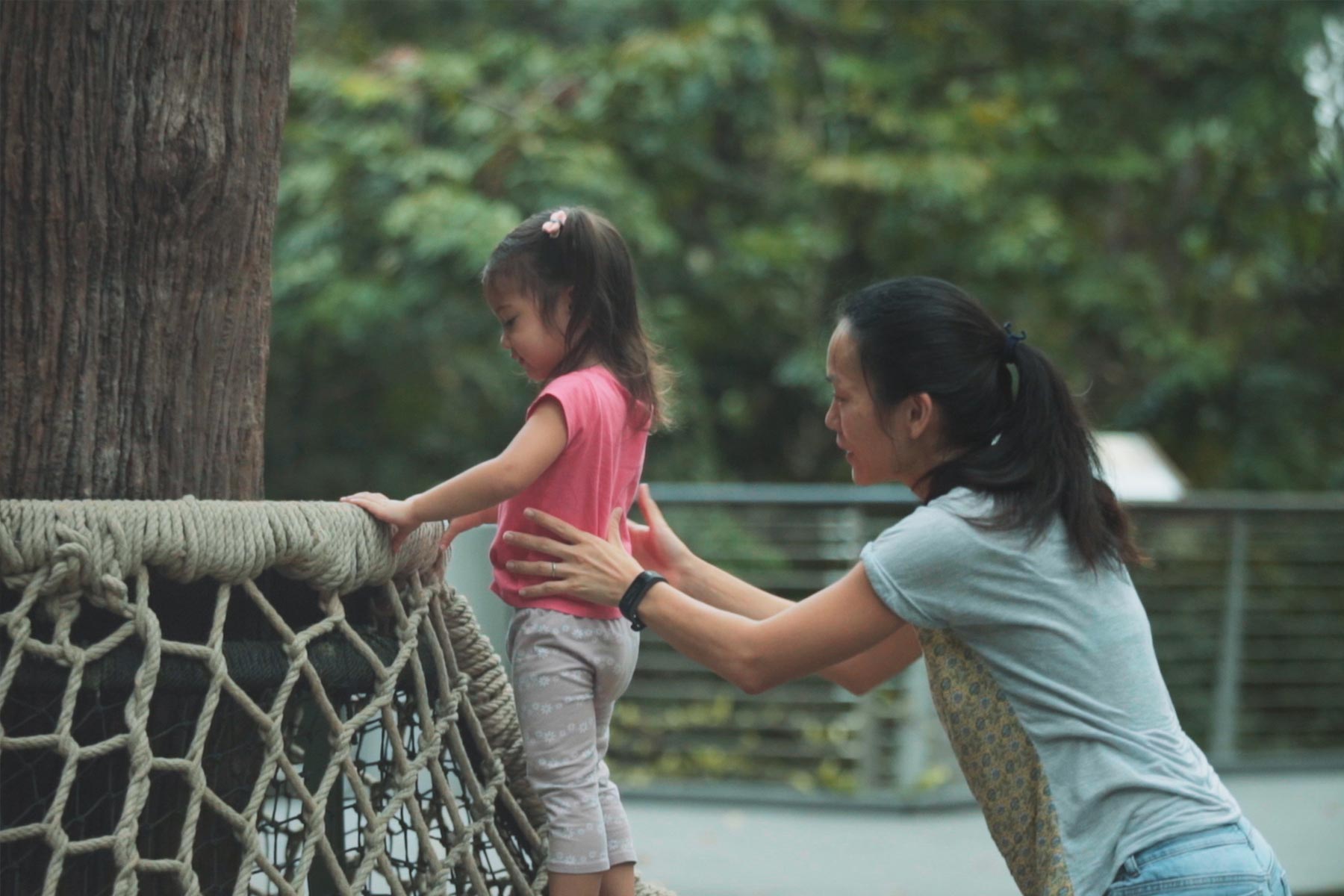
The Green Plan is a living plan, which will evolve as we engage Singaporeans through Singapore Together to harness more ideas and put them into action. Every one of us can play a part, and help seize the moment to transform our nation.
In 1965, shortly after Singapore became an independent nation, Mr Lee Kuan Yew said
> Over 100 years ago, this was a mud-flat, swamp. Today, this is a modern city. Ten years from now, this will be a metropolis. Never fear.
Having advanced from mudflats, to metropolis, we will turn our metropolis into a global city of sustainability. This metropolis of ours, will be a bright green spark, inspiring the world and our future generations. Let’s work together for a brighter and greener future.



